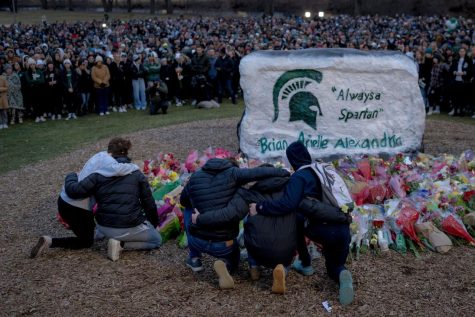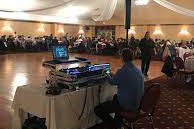Journalists shape history
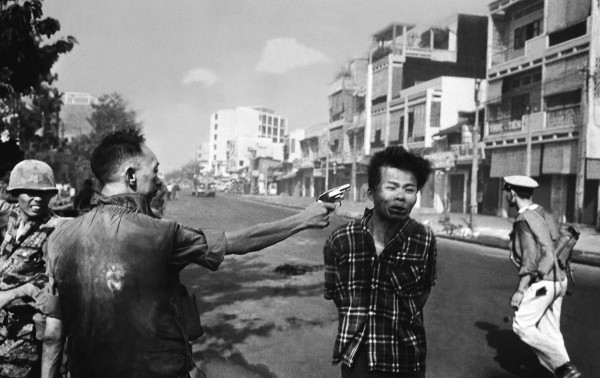
It has been said that the pen is mightier than the sword, but sometimes the pen is the chisel. Over the course of history, writers have helped change the course of history and the future of nations.
The Spanish-American War
Starting in 1895, Cuban revolutionaries started the Cuban War of Independence against Spain. In response began imprisoning thousands of Cubans in concentration camps, even women and children. In the United States, journalists wrote sensational stories telling of Spanish crimes. These writers, known as “yellow journalists”, exaggerated accounts of atrocities that included torture, murder, rape, and starvation.
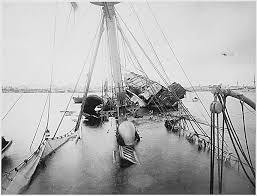
While the stories published in the nation’s top newspapers turned public opinion towards war with Spain, the breaking point was the sinking of the U.S.S. Maine. On February 16, 1898, a mysterious explosion destroyed the U.S.S. Maine while it was anchored in Havana Bay in Cuba. Almost immediately, newspaper published stories claiming that the Spanish attacked the U.S.S. Maine.
On April 25th, Congress declared war on Spain with overwhelming public support. After a few months, the war ended in an American victory. The United States not only gained control over Guam, Puerto Rico, the Philippines, and Cuba, but the United States also became a world superpower.
The Vietnam War
Whereas journalists in some ways led to the Spanish-American War, journalists can also change the outcome of a conflict. Such was the case with the United States’ involvement in the Vietnam War.
Under Presidents Dwight D. Eisenhower and John F. Kennedy, the United States had sent military advisors to South Vietnam to train its military to fight the North Vietnamese and the Viet Cong. Only in 1965, during Lyndon B. Johnson’s administration, did the U.S. finally commit combat troops to fight in Vietnam.
Almost from the onset of direct American involvement, journalists were on the ground reporting with soldiers. They sent back reports of battles and casualty figures to the United States where they were published. The pictures they took of carnage and shell-shocked soldiers struck a chord with the American public, who began to question the cost of American involvement. These were no yellow journalists and the gruesome details they revealed were all too real.
By 1970, public opinion had turned so strongly against the war that President Nixon started pulling troops out of Vietnam and in 1973, the last combat troops left. In 1975, South Vietnam fell to the North and Vietnam was unified.
Januarius Aloysius MacGahan: Liberator of Bulgaria
Januarius Aloysius MacGahan was born in New Lexington, Ohio on June 12, 1844. Originally intending to become a lawyer, MacGahan became a journalist. In 1870, he covered the Franco-Prussian War, and was almost executed by the French in the turmoil surrounding the French defeat.
In 1873, he trekked across the Kyzyl-Kum desert in Central Asia where he witnessed the siege of Khiva by Russia forces. In 1875, he was a war correspondent during the Third Carlist War in Spain.
In 1876, he was assigned to cover the April Uprising in Bulgaria, which was then part of the Ottoman Empire. He reported in horrifying detail the Batak Massacre, in which more than 3,000 men, women, and children were killed by Turkish soldiers.
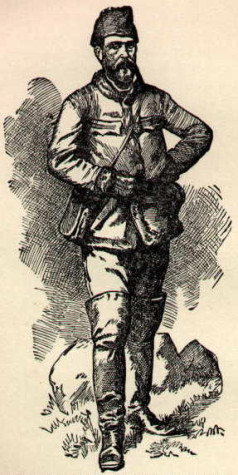
The story caused such an outcry in Europe that the British, the Ottoman’s longtime ally, did not aid them during the Russo-Turkish War of 1877-1878. Britain’s neutrality helped bring about a Russian victory and Bulgaria’s independence from the Ottoman Empire.
MacGahan died of typhoid fever in Istanbul, Turkey in 1878, and he is buried in his hometown where he is remembered as the “Liberator of Bulgaria.” There are still streets, squares and schools that bear his name in Bulgaria, from the capital of Sofia to the town of Stamboliyski.

Nicholas Rackers '15 started writing for The Quill as Assistant News Editor in the fall of 2013. The Purple Quill is not the only activity the 2011 St....









